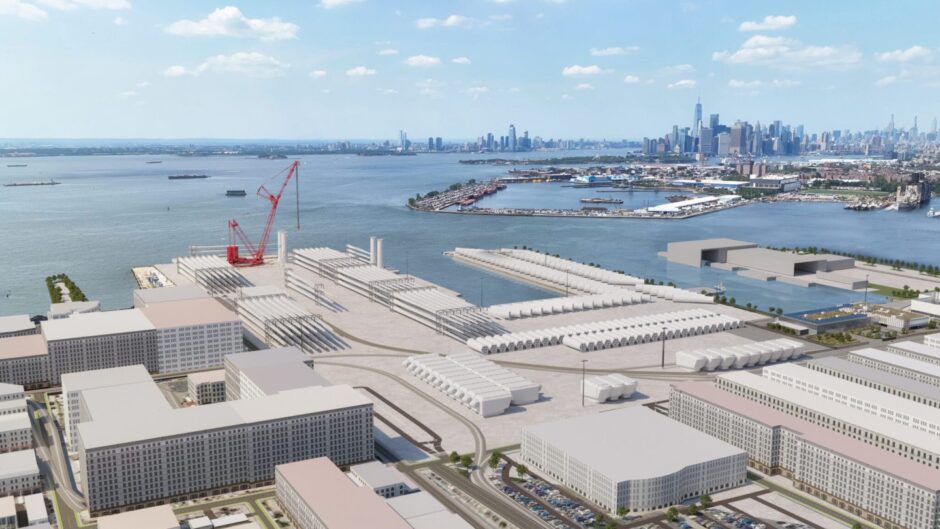
Equinor CEO Anders Opedal has defended the company’s renewable energy and low carbon investments, predicting lower costs and increased competitiveness.
Speaking at a press conference this morning in London, Opedal said the company’s renewable energy provided a “different risk profile” to its oil and gas projects.
Equinor has set a target of achieving a 30% IRR on its oil and gas projects. At its renewable energy and carbon capture investments, it aims for a 4-8% “real base return”.
“There is a lower leveraged real return in renewable energy projects but they also have a different risk profile, there’s different depreciation and the return on equity will improve over time,” Opedal said.
“These are two different portfolios but they are balancing and very good. We see the return on capital employed to 2030 and 2035 is around 15%.” Looking at the return on the company’s renewable portfolio since 2015, he continued, Equinor has made “double digit returns”.
Levelised costs
One of the factors that will improve returns in the offshore wind business is lower costs, Opedal predicted.
“We see suppliers have struggled and they are working hard to improve their businesses.” The Equinor CEO said he had regular discussions with turbine makers on improving costs. “I’m sure that in time offshore wind will be back with lowering the levelised cost of energy.”
One factor that Opedal said would help drive down costs is a move towards standardisation. Previously, each project has seen a change in turbine sizes, which has put pressure on suppliers.
“They are now standardising and we will take those efficiency gains and use engineers to improve manufacturing. Over time, this will drive down costs.”
Technological developments are also helping extend the lifetime of equipment, he said. “This will improve the profitability of offshore wind.”
The reason for Equinor’s investments in renewables is based on the company’s long-term view. Demand for oil and gas will show a “gentle decrease” over time, Opedal said. The company intends to establish long-term cash flow that is distinct from hydrocarbons.
“The world will move to greener energy over time and we need to be prepared,” he said.
Resetting ambitions
Competition in the offshore wind space has increased, with Equinor opting to switch some of its attention to other opportunities, such as onshore renewables. “We will always adapt to the market,” Opedal said, “but the ambition is the same”.
One area in which Equinor has encountered some challenges are in the US. It took a major step in the country in 2019 and 2021 with its plans with BP in New York. In the face of higher costs and a challenging environment, it announced a “reset” at the start of this year.
Equinor is participating in an accelerated auction in New York, Opedal said.
“If we win, we move forward with this [Empire Wind] project. There is a possibility to do project financing and also get in a new partner. We hope to progress Empire Wind. It’s a high grading portfolio of our portfolio in New York. We move forward with Empire Wind, BP with Beacon Wind.”
Recommended for you

